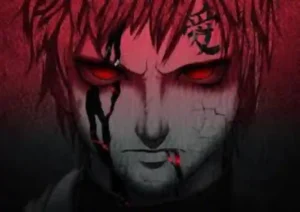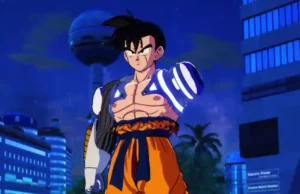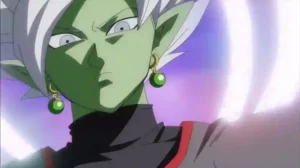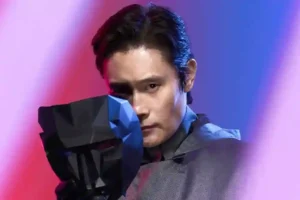Envy Inside Out – Exploring the Role of Envy in Inside Out’s Emotions
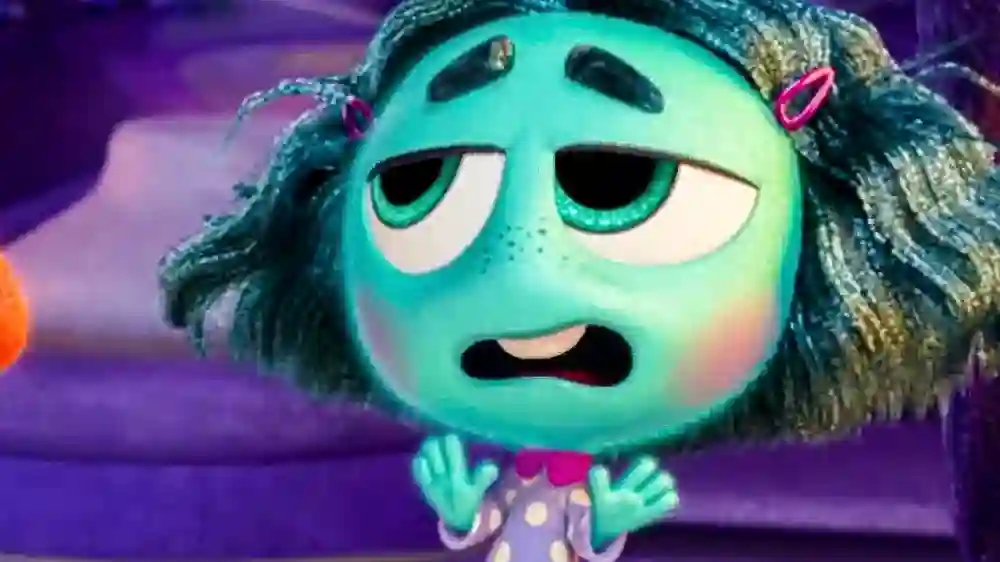
Alright, let’s get this straight: Inside Out is a movie we all know and love, but there’s one little thing bugging me about it. Why isn’t there an Envy character? I mean, think about it—envy is an emotion we all experience, at least a few times a day. “I wish I had her hair…” or, “How is his avocado toast always so perfectly crispy?!” Envy, y’all. It’s there. And it’s time we gave it some recognition in the world of Inside Out. Stick with me while I dive into what Envy Inside Out could’ve looked like, and why it might have been a wicked addition to Pixar’s emotional lineup.
The Core Emotions in Inside Out
Okay, if we’re gonna talk about Envy Inside Out, we first need to look at the five core emotions Pixar picked to represent Riley’s world. You know them:
- Joy – the overly peppy one who thinks everything can be solved with a positive attitude
- Sadness – the one who’s always a little too relatable
- Fear – we’ve all been there, right? He’s the reason you check your locks three times
- Disgust – basically the teenage version of me at the dinner table when someone tries to talk about their day
- Anger – honestly, same. I mean, this guy could be my spirit animal when someone cuts me off in traffic
But where’s Envy Inside Out? That pesky feeling we all get when we see someone else thriving, especially when it seems like we’re stuck in a rut. Envy is subtle, sneaky, and sometimes a bit darker than the other emotions—making it a perfect candidate for a character in Inside Out.
Why Was Envy Left Out?
Okay, so let’s get real. There are five main emotions, and those are what we focus on. But why didn’t Envy Inside Out make the cut? Here’s where things get interesting. Pixar originally had over 20 emotions to pick from, and they had to trim it down. Can you imagine trying to pick just five out of twenty? It’s like being asked to choose only five flavors of ice cream from Baskin Robbins—impossible.
Anyway, after trimming the list, Envy Inside Out got axed in favor of the big five. But here’s the thing: envy isn’t a fringe emotion. It’s everywhere. Like that feeling you get when your coworker gets a promotion—envy sneaks in and takes over like a tidal wave of “I should’ve been the one.”
What Does Envy Look Like in Real Life?
Picture this: You’re scrolling through Instagram, sipping your coffee, and suddenly—BAM! Someone just posted their beach vacation photos, and they look ridiculously happy. Instantly, a tiny green monster appears in the pit of your stomach. That’s envy. You want their life. Their tan. Their lack of responsibility.
Now, imagine Envy Inside Out manifesting as a small, sharp-eyed creature, watching everyone else’s achievements with a mix of awe and resentment. Picture it sneering a little, peeking out from the shadows, whispering things like, “Why not you?” and “Why don’t you have that?”
Designing Envy Inside Out – A Missing Character Concept
So let’s get creative for a second: What would Envy Inside Out look like? I’m thinking it would probably be a bit of a moody, sharp character. A greenish hue, maybe? Eyes that dart around, constantly comparing Riley’s experiences to everyone else’s. And you know, this little character would probably have a voice that’s just a bit too sly, like they’re always scheming in the background.
What would their personality be? Oh, they’d be the kind of character that constantly pokes the others, bringing up Riley’s insecurities. Can you see it now? Envy leaning over to Sadness and saying, “You know, if Riley were more like Jamie at school, she wouldn’t feel like this…”
It’s a mix of nagging and motivation—because let’s face it, envy isn’t always a bad thing. Sometimes, it pushes you to work harder. To go the extra mile. But too much? It can destroy you. Envy Inside Out could play that role perfectly.
The Role of Envy in Childhood Psychology
Alright, listen. Here’s the kicker: envy doesn’t just pop up randomly. In fact, it hits kids early on. Like, really early. Remember when your little cousin used to cry when they couldn’t have the same toy as you? Yeah, that’s envy in action.
As Riley navigates her transition into a new life in San Francisco, Envy Inside Out would have such a relatable purpose. Riley’s getting older, trying to fit in, seeing how everyone else seems to be so much more successful at making friends and handling change. The more she compares herself to them, the more Envy has a field day.
Inside Out 2 and the Return of Complex Emotions
Here’s where it gets really exciting: There’s a sequel coming out. Inside Out 2. And guess what? It’s all about Riley’s teenage years. If that’s not prime time for Envy Inside Out to make an appearance, I don’t know what is.
Teenagers, especially, are all about comparison. I mean, I remember being a teen, scrolling through MySpace (yeah, I’m dating myself here), seeing everyone’s perfect lives, and wondering why I couldn’t have their cool outfits, their parties, or their flawless skin. I’m pretty sure I had a bit of Envy running the show during those years.
Envy Inside Out – A Missing Link in Emotional Storytelling
Fast forward past three failed attempts at a summer job, and Riley’s growing up in a world that’s constantly asking her to measure up. And, you guessed it—Envy Inside Out would be a perfect companion to all of that. This emotion could drive her to push past her limits, striving to match her peers’ successes. But when it gets too toxic? Envy would tear her down, leading to feelings of loneliness and doubt.
Envy in the Teenage Years: What Could It Add?
Here’s something that’s super relatable: Envy Inside Out could bring so much depth to Riley’s teenage years. Think about it—she’s dealing with peer pressure, trying to fit in at school, and struggling with her identity. But let’s face it, the world isn’t kind to teens. Especially not with social media everywhere. Envy could be a driving force behind her every move—sometimes pushing her in the right direction, and other times getting her in over her head.
And y’all, it wouldn’t be a Pixar movie without some drama. Imagine Envy working with Disgust to try and convince Riley that she needs to be “cooler,” or with Sadness to amplify those feelings of inadequacy.
Bullet Points: What Envy Inside Out could add to the story:
- Struggles with social media: Comparing her life to others
- Inner conflict: Balancing inspiration with jealousy
- Growth and learning: How envy can lead to personal improvement when understood
The Dual Nature of Envy: Not All Bad
Here’s a little secret: envy isn’t all bad. Wait, what? Yeah, you heard me right. There’s such a thing as benign envy—the kind of envy that makes you want to be better. That’s right. If Envy Inside Out were introduced, it could highlight how envy can motivate Riley to strive for greatness.
Think of that feeling you get when you see someone doing something amazing. It’s not about wishing them ill—it’s about wanting to join in. Envy Inside Out would help Riley understand that it’s okay to want what others have as long as it doesn’t drag her down.
Comparing Envy to Other Emotions
This one’s a toughie. Can you imagine Envy Inside Out sharing the stage with Joy, Sadness, and the others? It’s complicated. Envy doesn’t always play nice with other emotions. Unlike Sadness, who helps Riley grow by embracing her pain, Envy Inside Out could push her toward selfishness or poor decision-making.
But wait—there’s also the possibility that Envy could learn from the other emotions. Maybe there’s a moment where Envy Inside Out and Joy team up to show Riley how to channel jealousy into something productive.
Pixar’s Legacy and Missed Opportunities
Inside Out was a groundbreaking movie, diving deep into emotional intelligence. But I honestly think Envy Inside Out could’ve made it even better. If Pixar really wants to be as real and relatable as possible, they’ll add this character in the next installment. Trust me. Envy is everywhere, and it’s only a matter of time before it gets its big Pixar debut.
Bullet Points: Envy’s Relevance in the Real World
- The power of comparison: Social media fuels our envy—whether we like it or not
- How we deal with envy: Healthy responses include motivation and self-reflection
- Teenagers are the most vulnerable: The pressures of school and peers often exacerbate envy
The Final Word – Why We Need Envy Inside Out
I mean, what do you think? Envy Inside Out could really shake things up, bringing a whole new layer to Riley’s emotional landscape. As we grow up, we realize envy doesn’t go away. It’s part of who we are. So, why not make it a part of Inside Out 2?
